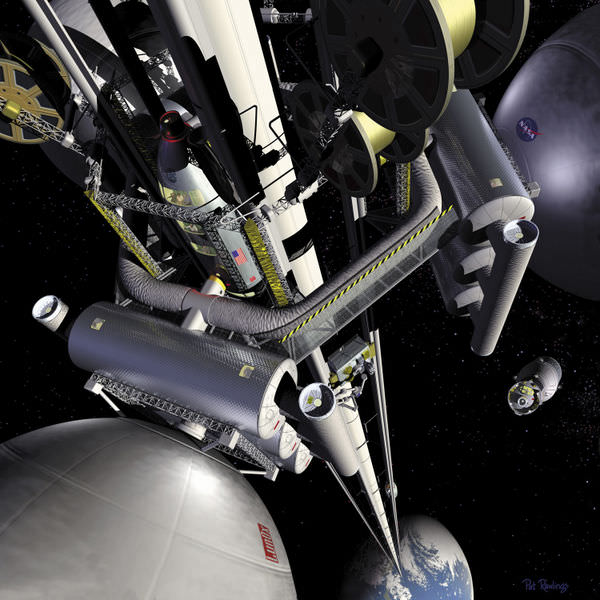Billions of dollars of observatory spacecraft orbit around Earth or in the same orbit as our planet. When something wears out or goes wrong, it would be good to be able to fix those missions “in situ”. So far, only the Hubble Space Telescope (HST) has enjoyed regular visits for servicing. What if we could work on other telescopes “on orbit”? Such “fixit” missions to other facilities are the subject of a new NASA paper investigating optimal orbits and trajectories for making service calls on telescopes far beyond Earth.
Continue reading “There Could be a Way to Fix Spacecraft at L2, Like Webb and Gaia”There Could be a Way to Fix Spacecraft at L2, Like Webb and Gaia










